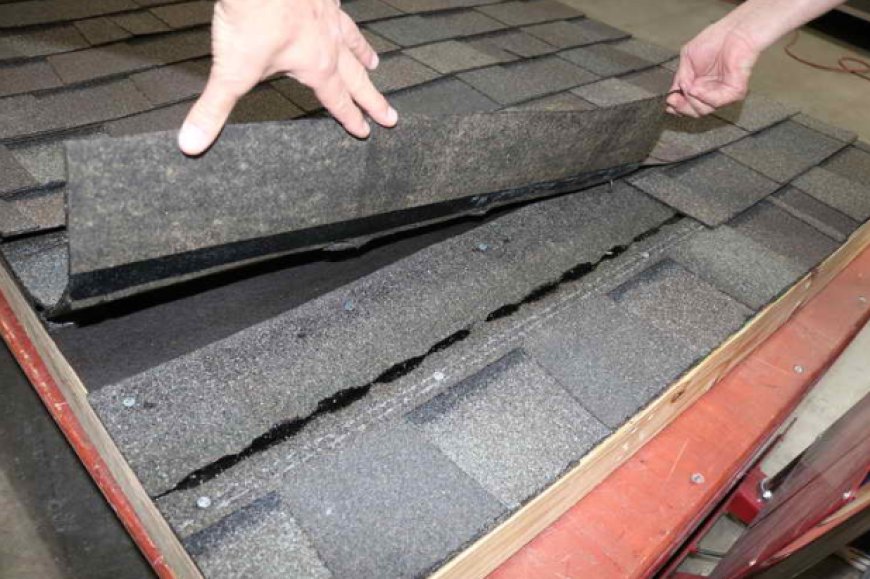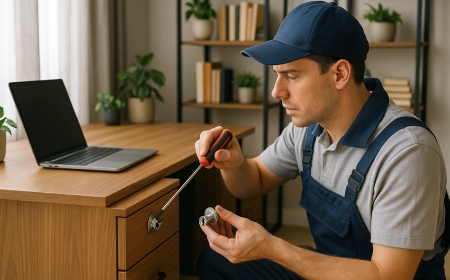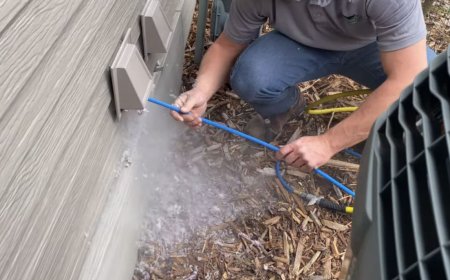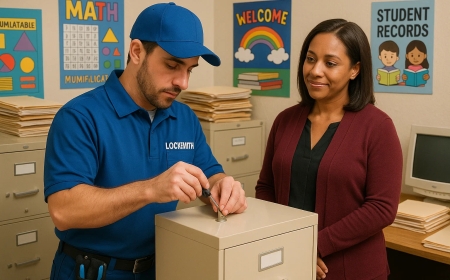Roof Replacements 101: When Is the Right Time to Replace Your Roof
Understanding the signs of wear and the lifespan of different materials can help you plan timely roof replacements, potentially saving you from costly water damage, insulation issues, and structural concerns.

Knowing when to replace your roof is a crucial part of home maintenance. While minor repairs can often address leaks or damage, there comes a time when patchwork is no longer enough. Understanding the signs of wear and the lifespan of different materials can help you plan timelyroof replacements, potentially saving you from costly water damage, insulation issues, and structural concerns.
Understanding the Average Lifespan of a Roof
Common roofing materials and their durability
The longevity of your roof largely depends on the material used; asphalt shingles, the most common residential roofing material, generally last between 15 to 30 years. Metal roofs can endure for 40 to 70 years, while clay and slate tiles may last up to 100 years with proper care. Regular maintenance can extend these timelines, but every roof will eventually require replacement.
Factors affecting roof lifespan
Several external factors can impact the lifespan of your roof, including climate, ventilation, installation quality, and storm damage. For example, areas with heavy rainfall, snow, or high winds may experience faster degradation of roofing materials.
Visible Signs You May Need Roof Replacements
Curled or missing shingles
One of the earliest and most visible signs of a deteriorating roof is curled, cracked, or missing shingles. These issues expose the underlying layers to moisture, increasing the likelihood of leaks and interior damage.
Sagging roof deck
If you notice that any part of your roof appears to sag or dip, this could indicate a problem with the structural integrity of the decking below. This is often a sign of trapped moisture and possible rot. Prompt action is essential.
Water damage or stains
Leaks dont always manifest as water dripping from the ceiling. You might first notice water stains on walls, peeling paint, or bubbling plaster. These signs indicate that water is making its way through your roofing system, often suggesting a need for full or partial replacement.
Less Obvious Signs of a Failing Roof
Increased energy bills
A damaged roof can allow air to escape or enter your home, causing your heating and cooling systems to work harder. If your energy bills have increased unexpectedly, it might be due to poor roof insulation or gaps that compromise energy efficiency.
Moss and algae growth
Moss growing on your roof might look harmless, but it can trap moisture against the surface and cause shingle deterioration over time. If moss is widespread and hard to remove, it may indicate the need for a complete roof replacement rather than a cleaning.
When to Replace vs. When to Repair
Extent of damage
For minor issues, such as a few missing shingles or small leaks, targeted repairs may be sufficient. However, if damage is widespread or your roof is nearing the end of its expected lifespan, a full replacement is likely the better long-term solution.
Cost-effectiveness
In some cases, continual repairs may cost more over time than a single roof replacement. It's important to consider both short-term expenses and long-term value when making your decision.
Working With a Professional Roofing Contractor
Consulting with a licensed roofing contractor is the best way to assess the health of your roof. They can conduct a thorough inspection, provide documentation of any damage, and recommend the most effective course of action. A reliable contractor will guide you through material choices, scheduling, permits, and warranty options to ensure the project is completed safely and professionally.
Conclusion
Knowing when to act is the most important aspect of roof maintenance. Timely roof replacements not only protect your home but also enhance its value and curb appeal. By watching for warning signs, such as sagging, leaks, or missing shingles, and comparing the cost of repairs with the cost of replacement, you can make an informed decision that benefits you in the long run.
For homeowners dealing with common issues like loose or broken shingles, services such as asphalt shingle repair may offer temporary relief. However, when the underlying structure is compromised, a full replacement is often the most reliable solution.



































